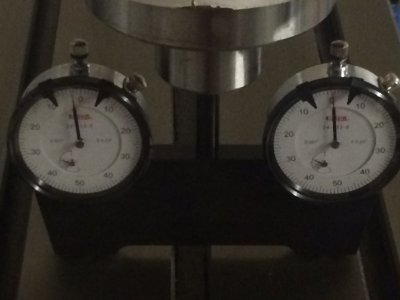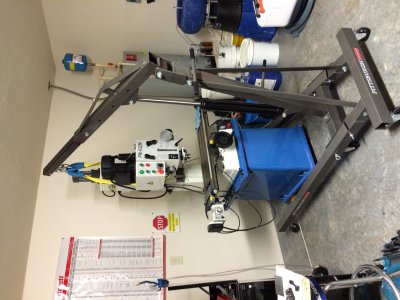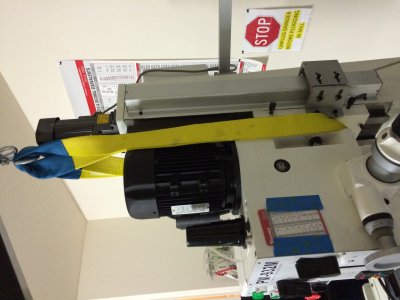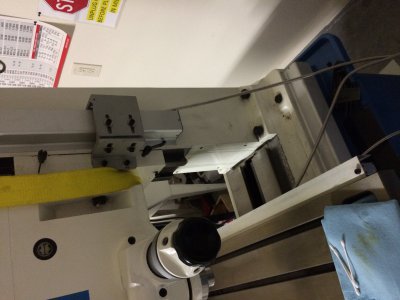- Joined
- Jun 12, 2015
- Messages
- 26
I watched the tramming part 1 video on the g704. I also used a spindle square to verify. I feel pretty confident the column and head are square. I will concentrate on cleaning up the mating surface. Hope it's not a nightmare. I knew I kept my shop crane for a reason 





